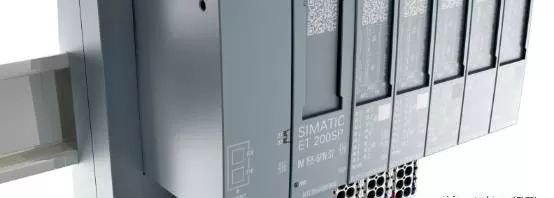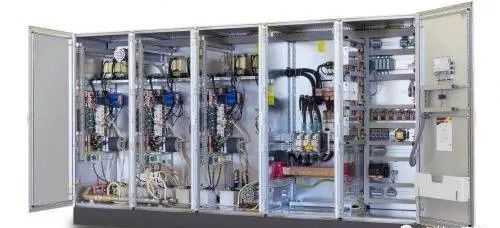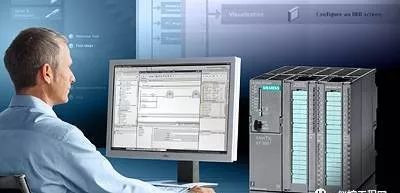
In recent years, with the rapid development of industrial automation, PLCs (Programmable Logic Controllers) have become an essential component in many manufacturing and control systems. As their usage expands, so does the need for proper operation and maintenance. While PLCs are generally reliable, improper installation or configuration can lead to unexpected issues. This article shares some practical tips to help you better manage and maintain your PLC system efficiently.
Grounding Issues

Proper grounding is crucial for a stable PLC system. It’s best to use an independent grounding system for the PLC, and all connected devices should also be grounded correctly. Connecting multiple ground points together can cause stray currents, leading to logic errors or even damage. To prevent this, ensure that all grounds are connected at a single point. For analog signals, using shielded cables with one-point grounding helps reduce common-mode interference, maintaining a high insulation resistance of at least 50MΩ.
Interference Prevention

Industrial environments are often filled with electromagnetic noise, which can easily interfere with PLC operations. To minimize these effects, consider the following steps:
- Use double-shielded cables for analog signals to protect them from external interference.
- Shielded cables should be used for high-speed pulse signals to avoid cross-talk with low-level signals.
- For communication between PLCs, it's recommended to use manufacturer-provided cables. If not available, opt for shielded twisted pair cables.
- Avoid routing AC signal lines with analog or DC signal lines in the same conduit.
- Ensure that all shielded cables entering the control cabinet are directly grounded without passing through terminals.
- Never mix AC, DC, and analog signals on the same cable. Keep power and signal cables separated.
When dealing with interference during field maintenance, try replacing the affected cable with a shielded one or add an anti-interference filter in the program.
Reducing Line Capacitance to Prevent Malfunction

The capacitance between wires in a cable can affect PLC performance, especially when the cable length is too long. This can cause false inputs or interferences. To solve this, use cables with twisted cores, keep the cable length as short as possible, and choose shielded cables where needed.
Selecting Output Modules

PLC output modules come in three types: transistor, thyristor, and relay. Transistor modules offer fast switching but limited load capacity, making them suitable for signal devices. Thyristor modules are non-contact and ideal for AC loads, while relay modules handle larger loads but switch more slowly. Choose based on your application requirements.
Handling Inverter Overvoltage and Overcurrent

When a motor decelerates, it may enter regenerative braking mode, sending energy back to the inverter. This can cause overvoltage. To mitigate this, install a braking resistor to dissipate the excess energy. For overcurrent issues, consider using an isolation transformer to protect the inverter from fault currents affecting other motors.
Labeling Inputs and Outputs for Maintenance

A well-labeled input/output table is essential for efficient troubleshooting. Create a reference sheet showing each terminal’s function and corresponding electrical symbols. This helps technicians quickly identify and resolve issues, especially when working without access to schematics.
Fault Diagnosis Through Program Logic

Understanding the ladder diagram and equipment process makes fault diagnosis easier. Use the input/output correspondence table to trace the source of the problem. Most faults are isolated, so focusing on the relevant section can save time and effort.
PLC Self-Failure Detection

PLCs are highly reliable, and hardware failures are rare. Most issues stem from peripheral components rather than the PLC itself. Focus on checking sensors, relays, and wiring instead of immediately assuming a PLC malfunction.
Optimizing Software and Hardware Resources

Make full use of internal PLC functions to simplify programming and reduce hardware costs. Avoid connecting unused instructions to the PLC. When multiple commands control a single task, they can be linked in parallel. Ensure each output channel is independently protected for better control and safety.
Additional Considerations

Never connect AC power to input terminals, as this can damage the PLC. Grounding should be done separately, with a minimum wire size of 2mm². Use fuses in the external circuit if no protection is built-in. Avoid connecting unused address terminals and only use the auxiliary power supply for low-power devices like photoelectric sensors.
Three Phase Online UPS,Tower Online UPS,Rack Mount Online UPS,Isolation Transformer
Shenzhen Unitronic Power System Co., Ltd , https://www.unitronicpower.com
